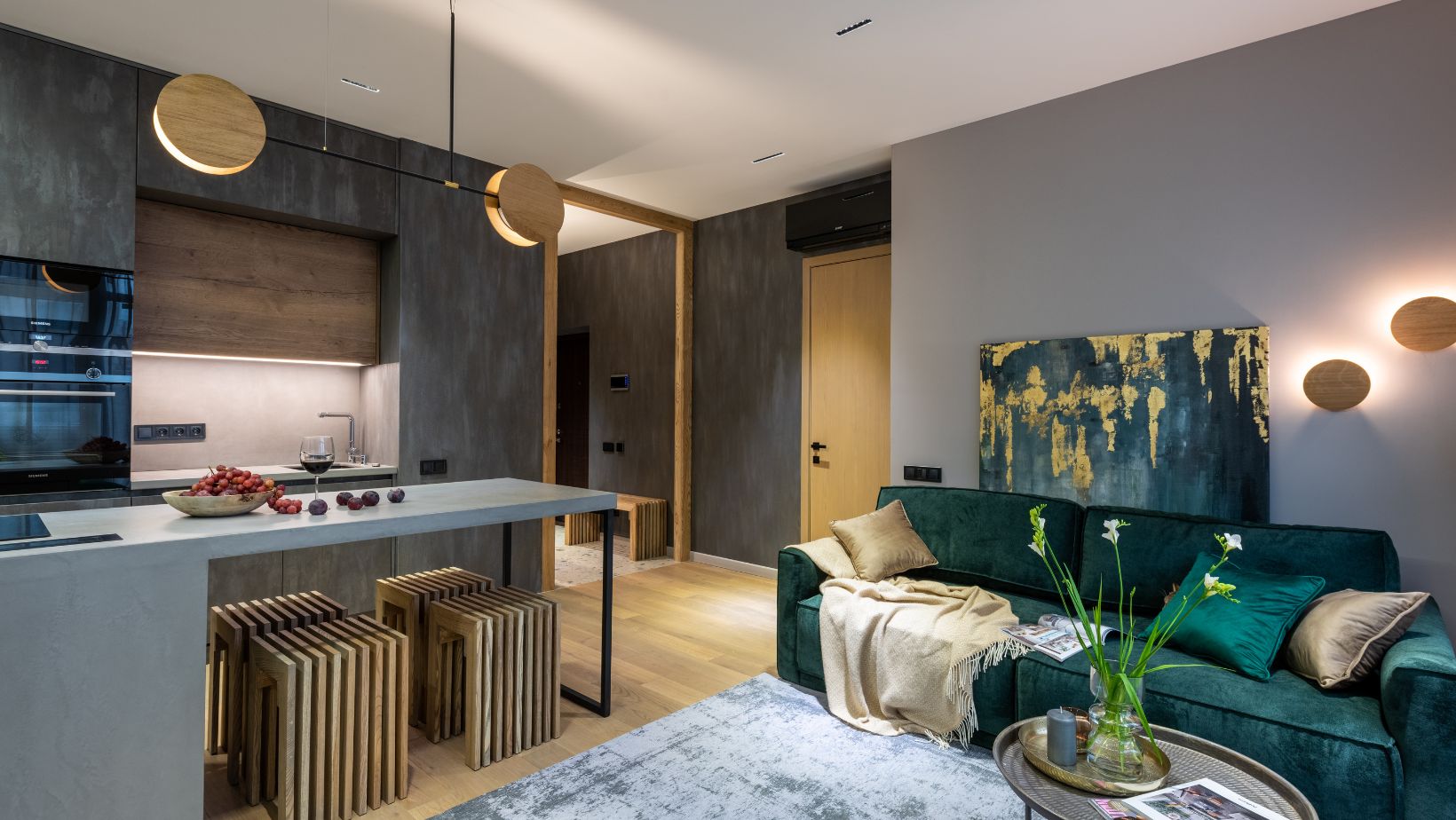Interior design is generally associated with the physical and aesthetic, like furniture placement and color palettes, but there’s another layer to design that’s less about what you see and more about how a space makes you feel. That’s atmosphere, or the emotional signals from features that give off electric, cosy, energising, or calm vibes before you even consciously register the design choices. Below, we explore how thoughtful interior design can change the mood of your home.
Table of Contents
ToggleSensory Design Aspects
By embracing emotional and sensory design concepts, your home can become a precision-engineered experience. Every little detail can influence how you feel, behave, and spend.
Lighting
Research shows that lighting has a direct effect on our mood. Low, warm lighting can increase feelings of intimacy and even lower your heart rate. On the other hand, cooler, blue-toned light raises awareness.

Floor Plan
Layout is also an important part of design psychology. Open areas encourage social interaction and freedom. Cosy nooks and booths offer a sort of perceived safety for more private conversations. Having a mix of both spaces in your home means you can shift emotional gears under one roof.
Texture and Sound
Texture and sound are very important aspects of creating a sensory space, not just as individual elements, but also in how they interact with each other. Soft fabrics can induce calmness and comfort. They also work as acoustic dampeners to reduce stimulation. Hard surfaces and echoing spaces increase tension and energy.
Creating Emotional Spaces
To effectively use emotional design in your home, you need a clear goal for each room (or space). Let’s say you want to feel relaxed in your living room. To help you unwind, use soft, layered light and no bright overhead globes. Try a warm-toned floor lamp behind the sofa, or wall lights with dimmers. LED strips behind furniture or in glass-fronted cabinets can also create subtle glow zones.

Design That Changes After Dark
Great emotional design adapts as light changes to dark. Just like hospitality venues might ramp up energy after sunset, or chilled bistros turn into heaving dancefloors at night, your home can shift with the daylight hours. For instance, cool bulbs in the kitchen are great for waking up in the mornings, but amber bulbs in the evening will help your body relax for sleep. Anything with a more pink, orange, or even red glow that mimics the colors of the sun setting is a cue for your nervous system to slow down and prepare for rest.
Endnote
Interior design is more than decoration. It’s mood-setting, behavior-shaping, sensory, and deeply emotional. Used intentionally in your own home, it can make you more productive, relaxed, happy, or calm. Ultimately, it’s about creating spaces that speak to your subconscious, not just your eyes, so your home becomes a place you feel, not just something you see.

